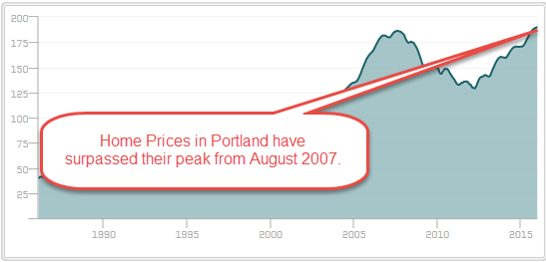Mortgage rates remain near 3-year lows making it a great time to lock in a rate on a new home purchase or refinance.
Given that financial markets tend to operate in a cyclical manner I am currently recommending that customers lock their rate since they have trended lower over the past couple weeks (and therefore may “cycle” higher in the next couple weeks).
That said, many of the major banks have been revising their year end forecast for interest rates lower. Last week Goldman Sachs lowered their expected yield on the US 10-year treasury yield following similar moves by Bank of America and Morgan Stanley. Of course, if the banks knew for certain then there would be no need to revise so take this news for what it’s worth.

The economic calendar for this week is relatively short but there are some important releases. Tomorrow the Labor Department will release the Consumer Price Index (CPI). Inflation is the nemesis of mortgage rates and lately the year-over-year CPI figure has been creeping higher. If this trend continues I wouldn’t be surprised to see rates tick higher.
On Wednesday the minutes from the most recent Fed meeting will be released. Any additional information on the Fed plans certainly have the ability to move the markets.
I am going to recommend a locking bias simply because interest rates are extremely attractive levels.
Current Outlook: locking

